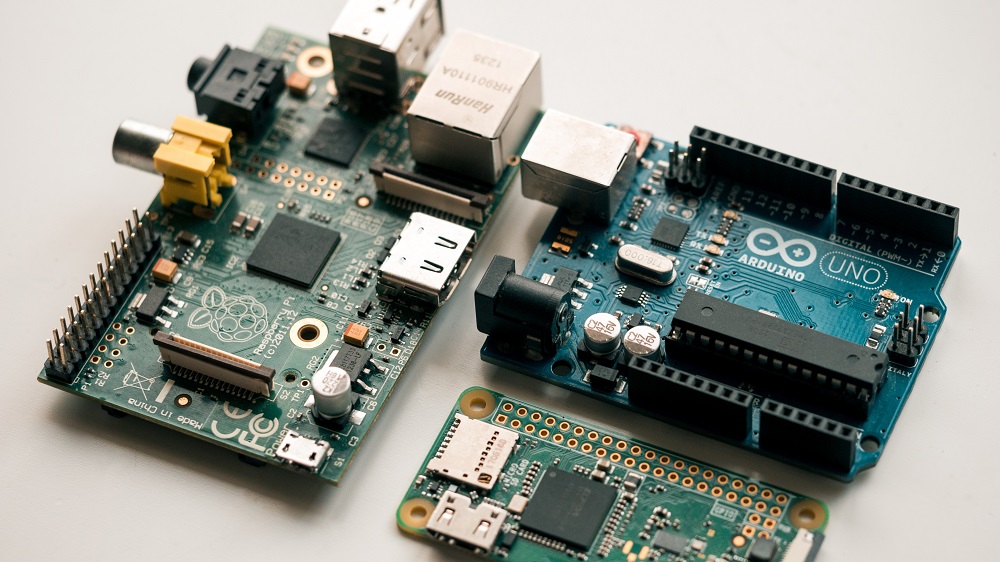- All
- Product Name
- Product Keyword
- Product Model
- Product Summary
- Product Description
- Multi Field Search
Views: 77 Author: Site Editor Publish Time: 2024-01-23 Origin: Site
Transformer terminals play a critical role in industrial automation. In an automated system, electrical power is distributed from a central power source to various components and machines through a network of wires and terminals. Transformer terminals are an essential part of this network, providing a safe and reliable connection between the power source and the components that need to be powered.
Transformer terminals are used in a variety of industrial automation applications, including motor control centers, programmable logic controllers (PLCs), and other control systems. They are used to connect power to various devices, such as motors, solenoids, and relays, that control the operation of machines and equipment.
One of the primary benefits of using transformer terminals in industrial automation is their versatility. They can be used with a wide range of wire sizes and configurations, making them ideal for use in a variety of different applications. They also provide a safe and reliable connection, which is essential in automated systems where downtime can be costly.
Another benefit of using transformer terminals in industrial automation is their ability to handle high voltage and current loads. In industrial automation applications, power demands can be high, and transformer terminals are designed to handle these loads safely and reliably. This allows them to provide a stable power supply to critical equipment and ensure that operations run smoothly.

Transformer terminals are also designed to be durable and reliable. They are often made from high-quality materials that can withstand harsh environmental conditions and resist corrosion and other forms of damage. This makes them ideal for use in industrial environments, where exposure to dust, moisture, and other contaminants can be common.
In addition to their durability and reliability, transformer terminals are also easy to install and maintain. They are designed to be simple to connect and disconnect, which makes them ideal for use in applications where components may need to be changed or moved frequently. They are also easy to maintain, with regular cleaning and inspection being all that is needed to keep them in good working order.
Finally, transformer terminals are an essential part of industrial automation because they provide a high degree of safety. In automated systems, safety is critical, and transformer terminals are designed to meet or exceed safety standards. They are often designed with safety features such as overcurrent protection, short circuit protection, and ground fault protection, which help to prevent accidents and keep workers safe.
In conclusion, transformer terminals play a crucial role in industrial automation. They provide a safe and reliable connection between the power source and the components that need to be powered, and they are designed to handle high voltage and current loads, making them ideal for use in industrial environments. Transformer terminals are versatile, durable, easy to install and maintain, and provide a high degree of safety, making them an essential component of any automated system.
A terminal block is a compact, insulated base with metal contacts that lets you clamp, join, and distribute conductors without soldering. If you’ve ever routed power to a drive, brought sensor leads into a controller, or handed off field wiring to a PCB, you’ve used one. Understanding what is a term
As a Engineer ,It is very important to choose globally recognized premium terminal blocks .these manufacturersas below: Phoenix Contact, WAGO, Weidmüller, Eaton, Molex, Amphenol, Harting, and Shanye Electronics (subsidiary of Kefa Electronics). These industry leaders collectively dominate the $4.6
This article covers the technical features of spring-loaded and push-in terminals, and both the advantages and disadvantages of these technologies when it comes to installation practices, commissioning, footprint and authorisation for the North American market. Why do we need spring terminal block ?
Wiring a terminal block correctly is a fundamental skill in electrical work, ensuring safe and reliable connections. This article will help you to understand the essential steps, from preparing your wires to securing them properly within various terminal block types.ContentWhat are Terminal Blocks?R
What is terminal block ?terminal block, also known as a connection terminal, is a modular block used in electrical and electronics systems to connect and secure electrical wires or cables. It serves as a convenient and organized way to make electrical connections, whether for power distribution, sig
Terminal electronics is the key point at which a conductor from a electronic component, device or network comes to an end.Terminal may also refer to an electrical connector at this endpoint, acting as the reusable interface to a conductor and creating a point where external circuits can be connected